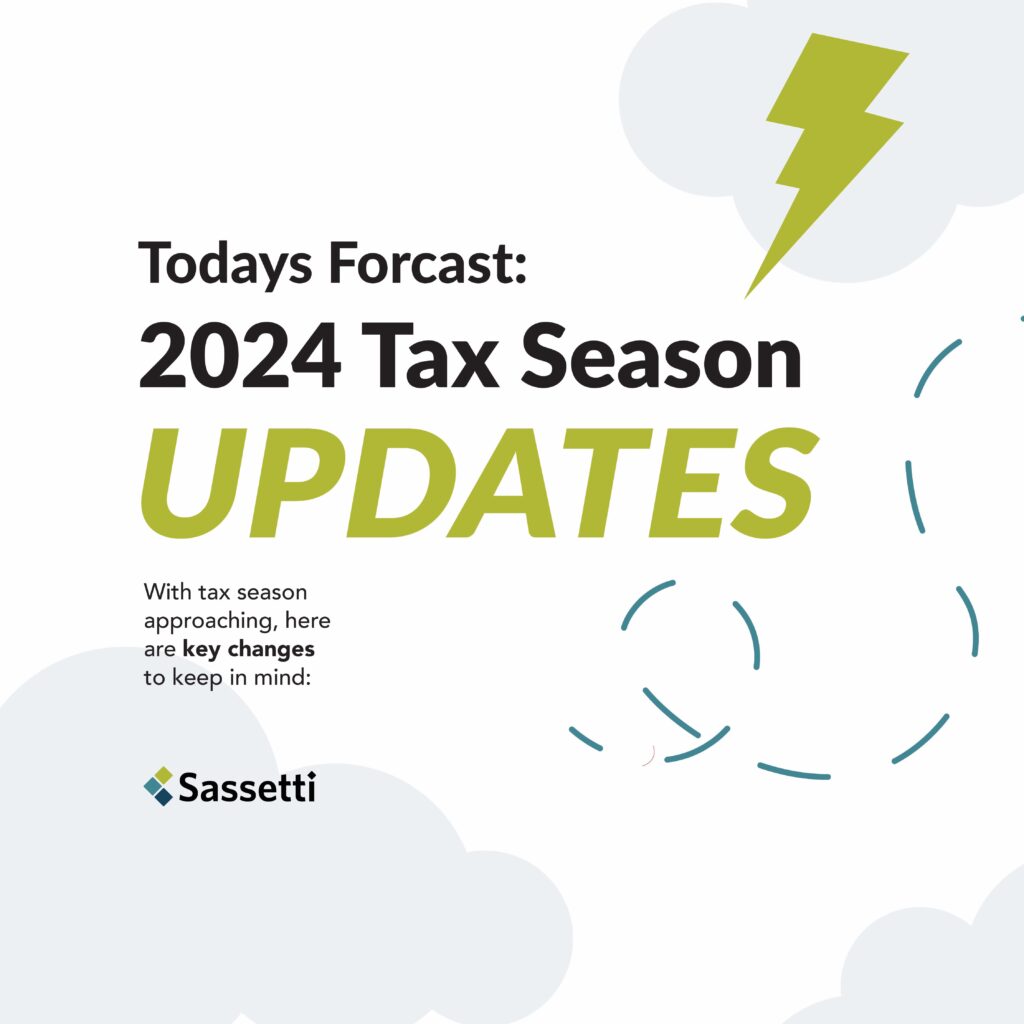
With the 2024 tax season just around the corner, there are some important updates you need to know about. Staying informed can help you plan and avoid surprises when you file your return.
IRS Mileage
Rate Increase
For 2024, the IRS standard mileage rate for business use has increased to 67 cents per mile, up from 65.5 cents in 2023. This means self-employed individuals, freelancers, or small business owners who use their vehicles for work can deduct more for every business mile driven. The charitable mileage rate remains at 14 cents per mile, and the medical mileage rate decreased by one cent to 21 cents per mile. Note that the 2025 mileage rates have already been published, with the business mileage rate increasing to 70 cents per mile. Medical and charitable mileage rates remain unchanged in 2025.
Increased
Standard Deduction
For 2024, the IRS standard mileage rate for business use has increased to 67 cents per mile, up from 65.5 cents in 2023. This means self-employed individuals, freelancers, or small business owners who use their vehicles for work can deduct more for every business mile driven. The charitable mileage rate remains at 14 cents per mile, and the medical mileage rate decreased by one cent to 21 cents per mile. Note that the 2025 mileage rates have already been published, with the business mileage rate increasing to 70 cents per mile. Medical and charitable mileage rates remain unchanged in 2025.
IRA
Contributions
The IRS has raised the IRA contribution limit for IRAs to $7,000. Anyone over the age of 50 can make an additional catch-up contribution of up to $1,000. You have until April 15, 2025, to make this contribution to your traditional or Roth IRA account. However, there are adjusted gross income limitations to being able to make these contributions. If you didn’t already make a contribution during the 2024 calendar year, there is still time. At this point, we encourage you to wait and ask us to determine your maximum contribution amount as part of working on your tax return.




